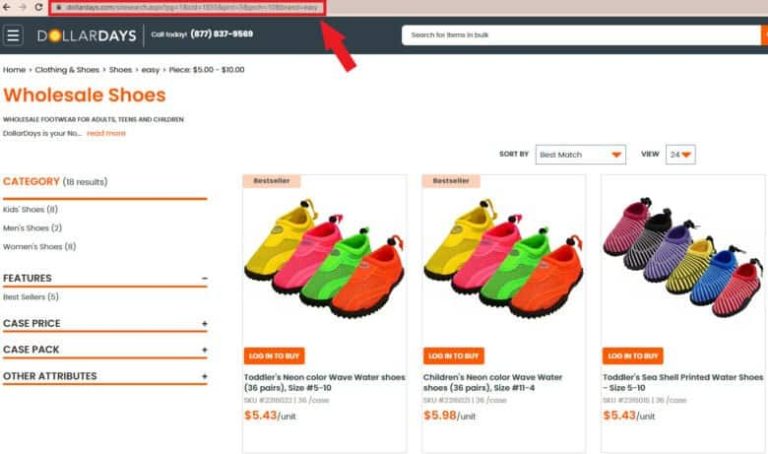I am not trying to slate SEO as a discipline but for far too long it’s been a ‘dark art’ or ‘rocket science’, with millions of blogs and tweets from ‘SEO Gurus’ chatting amongst themselves in their little techie “nofollow” this, “meta title” that malarkey. They find the time to write and tweet almost every day carving out a reputation from optimisation mystery and linkbuilding when really there are only two key points you have to remember if you want Google to rank your website over others:
“Google is just a visitor trying to understand your website as much as your customer is”
“Google’s mission is to show the most relevant and user friendly websites for each user query”
Yes there are many technical and marketing driven elements which you need to do to make your website work but it’s not scary, immeasurable and more importantly all about getting lots of low quality and irrelevant links to your site. The main focus of my blog posts will be to uncover and share the sometimes obvious, but more often the common sense behind how you can “optimise” your e-commerce site for search engines and customers alike.
Your Online Store Vs A Real World Store
Initially, much of the work you will need to do to improve your site for search engine optimisation starts with your customers. There are two main sets of people hitting your online shop; I like to call them, browsers and buyers.
Browsers: Land on the site via a generic SEO/PPC keyword such as “gifts for him”, email marketing, referral link or social media, they’re not sure what they want, they are looking for ideas, will shop around, and they will be comparing prices
Buyers: Come in direct from another source of marketing, TV, PR, etc, a specific SEO/PPC keyword such as “purple wardrobe”, they know what they want, they want it now, they have a price in mind and looking for reasons to buy from you, your delivery options and added information such as downloadable assembly instructions
These two sets of people need to be at the forefront of your web designers, developers & content writers mind when they are deciding on the architecture of your website. From page title and meta description to the arrangement and layout of every page you need to guide these customers through to convert. This is not as daunting as it sounds; it really is more about common sense and applying the following statement to everything you do on your site:
Imagine your ecommerce website as a real world shop

Would you go in this shop?
No? Neither would your browser or buyer! (Unless they really like car boots/garage sales and I believe there is already quite a successful website for that – eBay anyone?) The reasons you wouldn’t be seen dead in this shop, buy from it or recommend it to a friend are the same things you need to think about when designing your online shop:
- First impression; it’s not very clear what they sell, could sell any old junk, so it’s not very alluring if you neither know or don’t know what you want to buy
- It’s not pleasing on the eye
- Layout is dreadful, it’s cluttered and probably worse the deeper inside you delve, dare you enter in the first place
- The quality of products appears to be poor
- Branding is unrecognisable and definitely not memorable
- The product range is too general
- It offers no reason to enter (unless you want a coffin, that’s a nice coffin)
- You may lose yourself trying to get to the till and give up on route
I think I have given you enough to think about for now, but if you are interested in learning how to implement a successful ecommerce strategy on your online store and want to be less like our lovely little “Junk Shop” subscribe to my blog. Starting next month I will be breaking down each of the points above into useful digital marketing hints and tips to help make your online shop that bit better for your customers and search engines.






